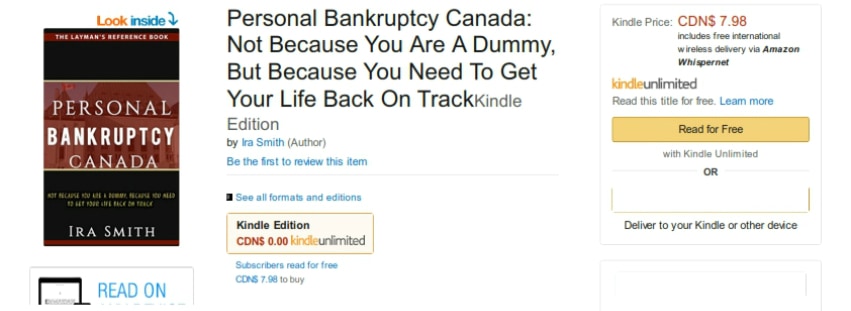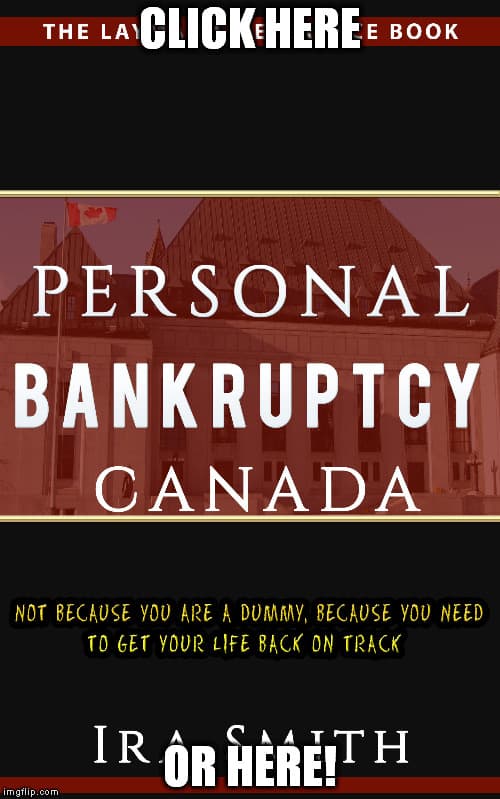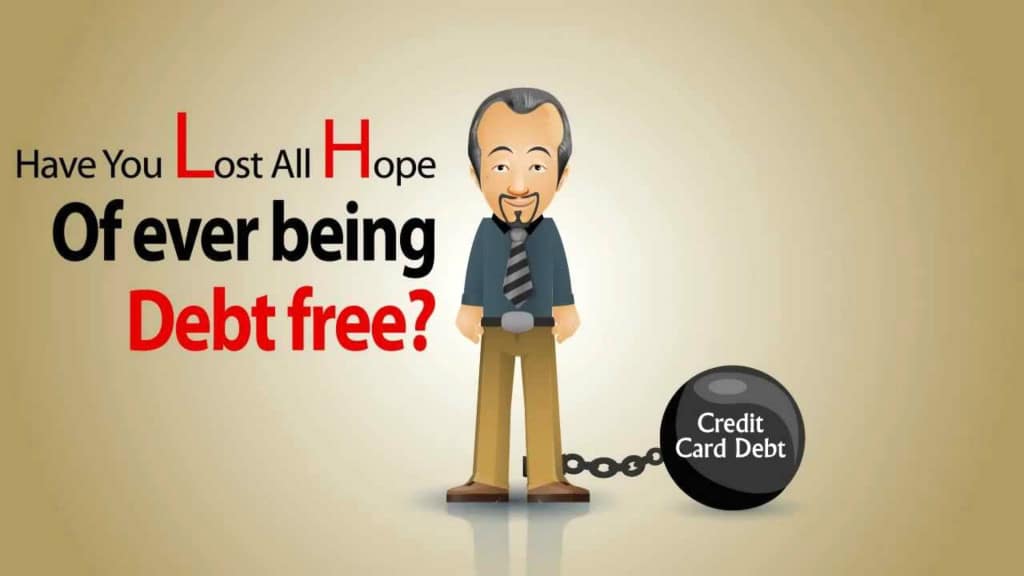[monkeytools msnip=”https://monkeyplayr.com/playr.php?u=5173&p=20586″]
Introduction
Our Brandon’s Blog certainly is a personal bankruptcy blog, but it is more than that. Brandon writes on various finance and insolvency-related topics including corporate restructuring, corporate bankruptcy, alternatives to bankruptcy, credit counselling, restructuring through a consumer proposal or a Division I Proposal or the Companies’ Creditors Arrangement Act (CCAA).
Every Monday and Wednesday night Brandon posts to Brandon’s Blog. Monday night is a blog and Wednesday night is a vlog. Just to remind you what this means, here are dictionary definitions:
blog Pronunciation: /blɒɡ/noun
A regularly updated website or web page, typically one run by a person or small group, written in an informal or conversational style: you can add personal bankruptcy blog to the growing list of insolvency-related material popping up on the Web
vlog Pronunciation: /vlɒɡ/ noun
A blog in which the postings are primarily in video form: you can add personal bankruptcy vlog to the growing list of insolvency-related material popping up on the Web
Differences between US and Canadian insolvency statutes
In the United States, people filing for bankruptcy have many “chapters” from which to choose. Similarly, Canada has one chief insolvency law, the Bankruptcy and Insolvency Act, or BIA, and several supporting pieces of legislation. In perusing a personal bankruptcy blog, the potential filer can find the information he or she seeks.
In the United States, Chapter 11 bankruptcy is the most complex because it applies to large businesses and usually involves gigantic sums of money. In Canada, the equivalent is the Division I proposal. In such a proposal, the debtor’s business can keep assets necessary for its role so that it can generate streams of income from other places to repay its debts. Management also stays in control of the company and business operations.
What are the Choices in Canada?
The BIA sets out the ground rules, and several smaller pieces of legislation fill in the details. Although we Canadians don’t call them various chapters, our legislation is like that of the U.S. Here are the options for filing bankruptcy in Canada:
- Personal Bankruptcy – Summary Administration (streamlined) or Ordinary
- Consumer Proposal
- Division I Proposal
Personal bankruptcy in Canada is most similar to Chapter 7 in the U.S. By filing bankruptcy, the debtor seeks to deal with his or her entire debt load at once. The debtor does not believe that he or she has the means to attempt a restructuring. There are certain assets that are exempt for any one of a number of reasons, so anyone filing bankruptcy should consult a Trustee to find out more.
If a debtor decides to file a consumer proposal (because his or her debt load is $250,000 or less, not including any mortgages against the principal residence) or a Division I Proposal (for unsecured debts $250,000 or greater) instead, he or she is seeking a restructuring of debt so for repayment over a five years or less. Many times, debtors can negotiate with their creditors for part of the amount owed and work out deals on monthly payments, rates of interest, and other such considerations. A proposal is most similar to Chapter 13 in the U.S. and used by people who wish to AVOID bankruptcy.
Basically, the business operates as usual while making an offer to its creditors of payments over time, totalling an amount greater than the creditors would receive if everything was sold off in liquidation in bankruptcy. The largest businesses might even have several layers of debt that would need restructuring as part of a Division I proposal, and each layer might have different guidelines and restrictions based on the proposal.
For companies with greater than $5 million in debt, they could also make use of a different Federal restructuring statute called the Companies’ Creditors Arrangement Act (CCAA). Both the Proposal under the BIA and restructuring under the CCAA are for large complex corporate reorganizations.
Is a Lawyer Required?
Unlike citizens of the United States, Canadians don’t need a lawyer to file for bankruptcy. A Licensed Insolvency Trustee acts as the “referee” between debtor and creditors. In this way, people file and handle bankruptcy proceedings on their own in Canada. If the debtor has various complex issues or is a defendant in litigation where the plaintiff wishes to continue the litigation perhaps to attempt to prove that their claim is one not released by the person’s discharge from bankruptcy, then they may very well need a lawyer for those issues.
What to do if you have too much debt and want to read a personal bankruptcy blog?
To find out more, check out our Brandon’s Blog entries for the topic of personal bankruptcy blog. If you’re dealing with serious financial issues, contact a trustee, who is the Canadian bankruptcy expert. For the reasons already given, you should do this whether or not you’re contemplating bankruptcy. The reason is very simple: the licensed insolvency trustee will assess your situation, offer you all of your available options and will do this for you for free! You can’t find a better deal anywhere.
We’re not only bankruptcy experts; we’re experts in dealing with debt. Contact Ira Smith Trustee & Receiver Inc. today for a free consultation and you will be well on your way to regaining your former quality of life Starting Over, Starting Now.











